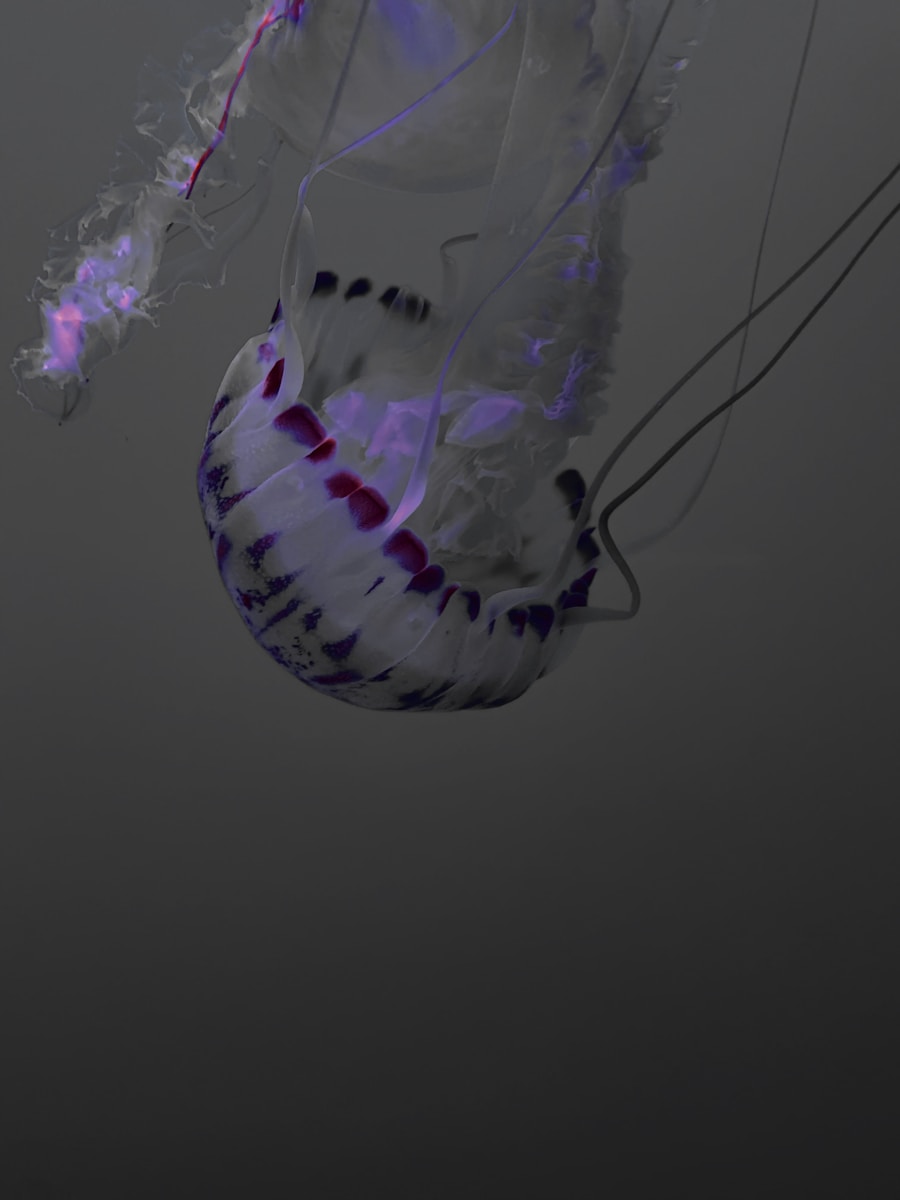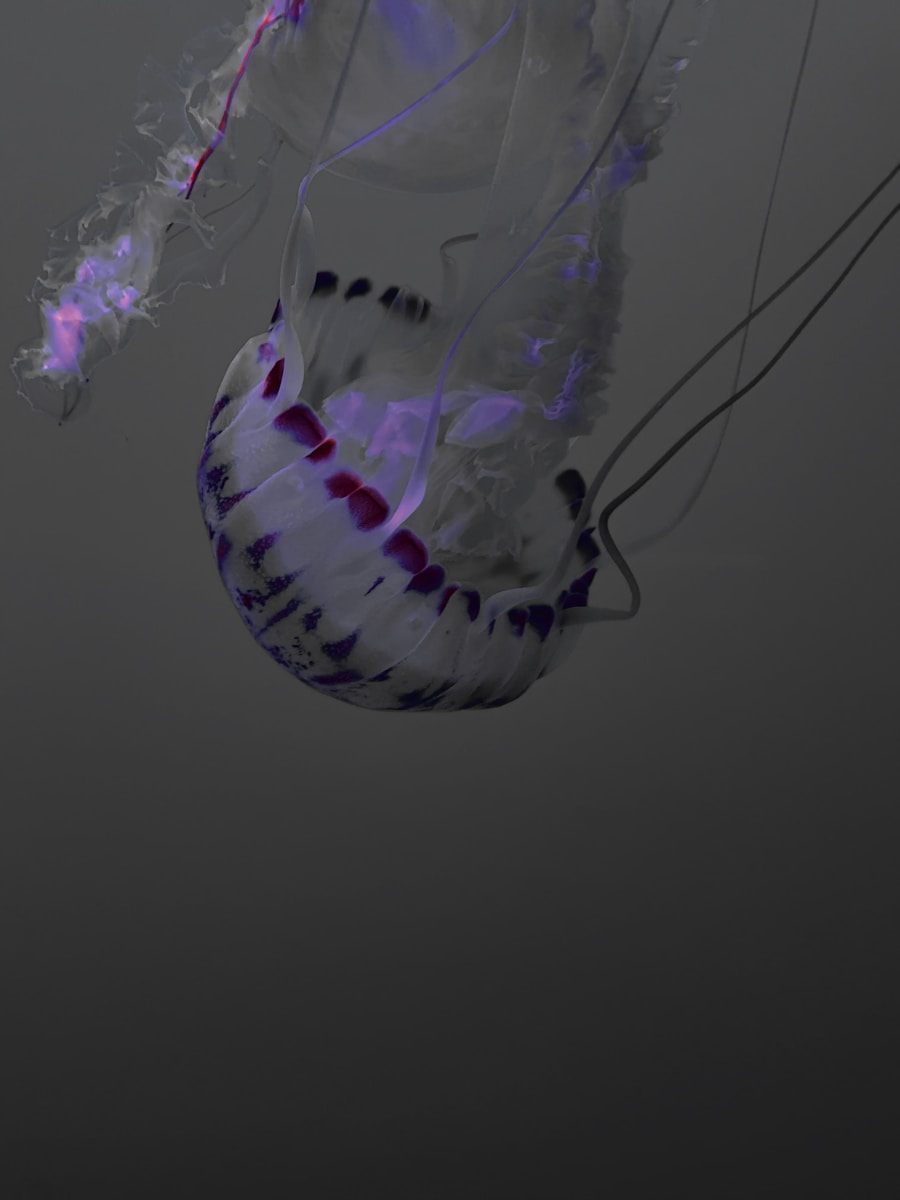Download links
How to install Secrets of the Mysterious Angler Fish APK?
1. Tap the downloaded Secrets of the Mysterious Angler Fish APK file.
2. Touch install.
3. Follow the steps on the screen.
Description
The angler fish, a remarkable inhabitant of the deep sea, has captivated scientists and enthusiasts alike with its bizarre appearance and fascinating behaviors. Found primarily in the dark depths of the ocean, these fish belong to the order Lophiiformes, which encompasses over 200 species. The angler fish is perhaps best known for its distinctive lure, a bioluminescent appendage that dangles from its head, which it uses to attract prey in the pitch-black waters of its habitat.
This unique adaptation not only aids in hunting but also serves as a striking example of evolutionary ingenuity in one of the planet’s most extreme environments. Angler fish exhibit a range of sizes and forms, with some species measuring just a few inches long while others can grow to over three feet. Their bodies are often characterized by a flattened shape and a wide mouth filled with sharp teeth, allowing them to consume prey that is often larger than themselves.
The diversity among angler fish species is astounding; some have developed specialized adaptations to thrive in specific niches within the deep-sea ecosystem. As researchers continue to explore the depths of the ocean, new species of angler fish are regularly discovered, each with its own unique characteristics and adaptations that contribute to our understanding of marine biodiversity.
Key Takeaways
- The angler fish is a deep-sea creature known for its unique appearance and hunting methods.
- The angler fish has unique adaptations such as a bioluminescent lure and a distensible stomach to survive in its deep-sea habitat.
- The mating habits of the angler fish are fascinating, with the male fusing to the female and eventually becoming a parasite.
- Bioluminescence plays a crucial role in the angler fish’s survival, helping it attract prey and communicate with potential mates.
- The elusive nature of the angler fish makes it difficult to study and understand, adding to its mysterious reputation.
- Conservation efforts for the angler fish are important due to the threats it faces from deep-sea fishing and habitat destruction.
The Unique Adaptations of the Angler Fish
Effective Hunting in the Deep Sea
This predatory strategy is particularly effective in the deep sea, where light is scarce and visibility is limited.
Unique Physiological Traits
In addition to its remarkable hunting adaptations, the angler fish has developed unique physiological traits that enable it to survive in extreme conditions. Many species possess a highly flexible jaw and stomach, allowing them to consume prey much larger than themselves. This adaptation is crucial in an environment where food can be scarce, as it enables the angler fish to take advantage of any available meal.
Survival in Extreme Conditions
Furthermore, their bodies are often specialized swim bladders that help them maintain buoyancy at great depths, where pressure can be immense. These adaptations not only enhance their survival but also highlight the incredible evolutionary processes that have shaped life in the deep sea.
The Mating Habits of the Angler Fish

The mating habits of angler fish are as peculiar as their physical characteristics. In many species, males are significantly smaller than females, sometimes measuring only a fraction of their partner’s size. This size disparity is not merely coincidental; it plays a crucial role in their reproductive strategy.
Male angler fish have evolved to be highly specialized for finding females in the vastness of the ocean. When a male encounters a female, he will latch onto her body with his sharp teeth, effectively becoming a permanent parasite. This unusual form of mating ensures that the male remains close to the female, ready to fertilize her eggs when she spawns.
Once attached, the male’s body undergoes significant changes. Over time, he loses his eyes and much of his internal organs, relying entirely on the female for sustenance. This extreme form of sexual dimorphism raises intriguing questions about the evolutionary pressures that have shaped these behaviors.
The female angler fish benefits from this arrangement by having a ready supply of sperm whenever she needs it, ensuring successful reproduction in an environment where finding a mate can be challenging due to low population densities. This fascinating reproductive strategy underscores the complexities of life in the deep sea and highlights how species adapt their behaviors to thrive in such an inhospitable environment.
The Role of Bioluminescence in the Angler Fish’s Survival
| Bioluminescent Organ | Function |
|---|---|
| Esca (lure) | Attracts prey towards the angler fish |
| Photophores | Camouflage the angler fish in the deep-sea environment |
| Communication | Used for mating and identifying other angler fish |
Bioluminescence plays a pivotal role in the survival strategies of angler fish, serving multiple functions beyond mere predation. The glow emitted by their lures not only attracts prey but can also serve as a means of communication among individuals within their species. In the dark depths of the ocean, where visibility is limited, bioluminescent signals can convey important information about location and reproductive readiness.
This form of communication is essential for mating success and social interactions among angler fish. Moreover, bioluminescence can also act as a defense mechanism against potential predators. Some species of angler fish possess the ability to produce light patterns that can confuse or deter attackers.
By creating sudden flashes or patterns of light, they may startle or disorient predators long enough to escape. This dual role of bioluminescence—both as a tool for hunting and as a means of defense—illustrates the multifaceted adaptations that have evolved in these remarkable creatures. As researchers continue to study bioluminescence in marine organisms, they uncover new insights into how these adaptations contribute to survival in one of Earth’s most challenging environments.
The Elusive Nature of the Angler Fish
The elusive nature of angler fish adds an air of mystery to their existence. Living primarily at depths ranging from 200 meters to over 2,000 meters below sea level, these creatures are rarely observed in their natural habitat. Their remote lifestyle makes them difficult to study, and much of what we know about them comes from specimens collected through deep-sea trawling or remotely operated vehicles (ROVs).
The challenges associated with studying angler fish highlight the broader difficulties faced by marine biologists working in deep-sea environments.
High-definition cameras mounted on ROVs have captured stunning footage of these creatures in their natural habitats, revealing their hunting techniques and social interactions.
Additionally, genetic studies have provided valuable information about their evolutionary history and relationships with other marine species. As exploration continues and technology improves, our understanding of angler fish will likely expand, shedding light on their role within deep-sea ecosystems and contributing to our overall knowledge of marine biodiversity.
Conservation Efforts for the Angler Fish

Conservation of Angler Fish: Overcoming Unique Challenges
Angler fish conservation efforts face unique challenges due to their remote habitats and limited visibility into their populations. While specific conservation measures targeting angler fish are scarce, broader initiatives aimed at protecting deep-sea ecosystems indirectly benefit these enigmatic creatures.
### Threats to Angler Fish Populations
Overfishing and habitat destruction pose significant threats to marine biodiversity, including angler fish populations. Sustainable fishing practices and marine protected areas (MPAs) are essential components of conservation strategies aimed at preserving these delicate ecosystems.
### International Cooperation and Public Awareness
International cooperation is crucial for effective conservation efforts, as many angler fish species inhabit international waters beyond national jurisdictions. Organizations such as the International Union for Conservation of Nature (IUCN) work to assess the conservation status of various marine species and advocate for policies that protect vulnerable populations. Additionally, public awareness campaigns aimed at educating communities about the importance of deep-sea ecosystems can foster support for conservation initiatives.
### Protecting Critical Habitats
By promoting sustainable practices and protecting critical habitats, we can help ensure that future generations will continue to marvel at the unique adaptations and behaviors of angler fish and other extraordinary deep-sea organisms.
If you’re interested in learning more about unique sea creatures like the angler fish, you may also enjoy reading about the fascinating world of deep-sea creatures in this article here. Discover the mysterious and mesmerizing creatures that inhabit the depths of the ocean and how they have adapted to survive in such extreme environments.
FAQs
What is an angler fish?
An angler fish is a deep-sea fish known for its unique appearance and hunting method. It has a large head, sharp teeth, and a bioluminescent lure on its forehead to attract prey.
Where do angler fish live?
Angler fish are found in the deep waters of the Atlantic and Antarctic oceans, as well as the Gulf of Mexico. They typically live at depths of 200 to 2,000 meters.
What do angler fish eat?
Angler fish are carnivorous and primarily feed on small fish, crustaceans, and other marine organisms. They use their bioluminescent lure to attract prey in the dark depths of the ocean.
How do angler fish reproduce?
Angler fish have a unique mating behavior where the much smaller male fuses to the female and becomes a parasite, relying on her for nutrients. This phenomenon is known as sexual parasitism.
Are angler fish dangerous to humans?
Angler fish are not considered dangerous to humans as they live in deep-sea environments that are not easily accessible to humans. However, their sharp teeth and large size make them formidable predators in their natural habitat.





